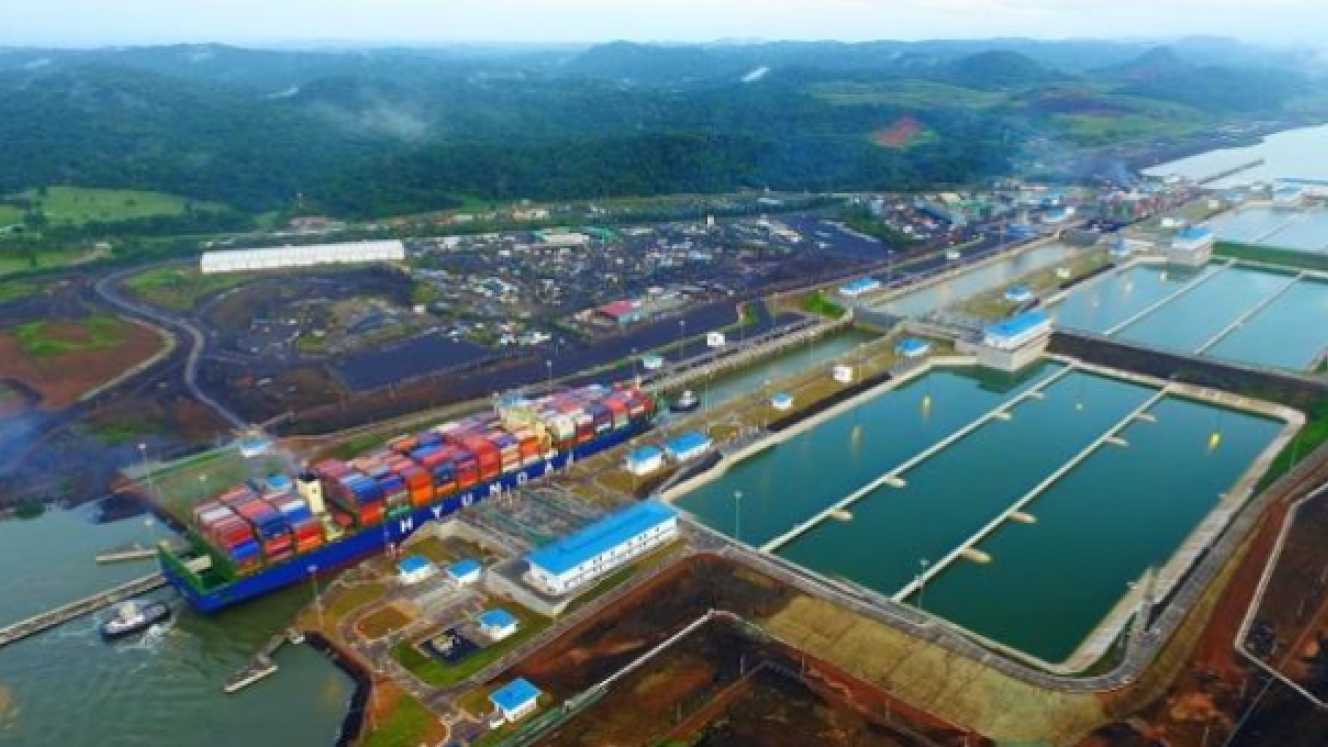Drought on the isthmus between North and South America, the curved slip of land that accommodates significant sea trade between the Pacific Ocean and the Caribbean Sea through the Panama Canal, is causing severe congestion and shipping disruptions.
According to a report by the World Economic Forum (WEF), the Autoridad del Canal de Panamá (ACP), has limited the number of vessels passing through the canal for several dry months due to water scarcity.
Because of the water issue, the canal’s locks at the Caribbean end of the waterway is currently under forced diminished capacity and cannot lift the same amount of vessels the required 26 meters it needs to reach the canal’s level at Gatun Lake.
The WEF said: “Restrictions were also imposed on ships’ depth while in the canal, curbing the amount of cargo they can hold.”
The canal authority has admitted to being caught off guard by the drought in Panama, a country that ordinarily records high rainfall.
The ACP said in a statement that the ongoing drought poses “unprecedented challenges” and has “no historical precedence.”
The canal, an artificial waterway that connects the Atlantic and Pacific Oceans, has been a major thoroughfare for international trade for over 100 years.
Today, the canal connects nearly 2000 ports in 170 countries, the ACP said. China, Japan and the US are the most dependent on trade through the canal. Last year alone, 14 000 shipping transits moving 291 million tonnes of cargo were completed through the canal.
To fill the locks and raise vessels from the Atlantic to canal level, 101 000 cubic meters of water must be drawn from the Gatun Lakes area.
As a result of the water supply shortage, the waiting time for vessels to pass through the locks has gone from hours to weeks, market analytics company S&P Global has said.
The expense resulting from vessel idling has since resulted in surcharges, passed on by shipping lines to freight forwarders and their clients.













